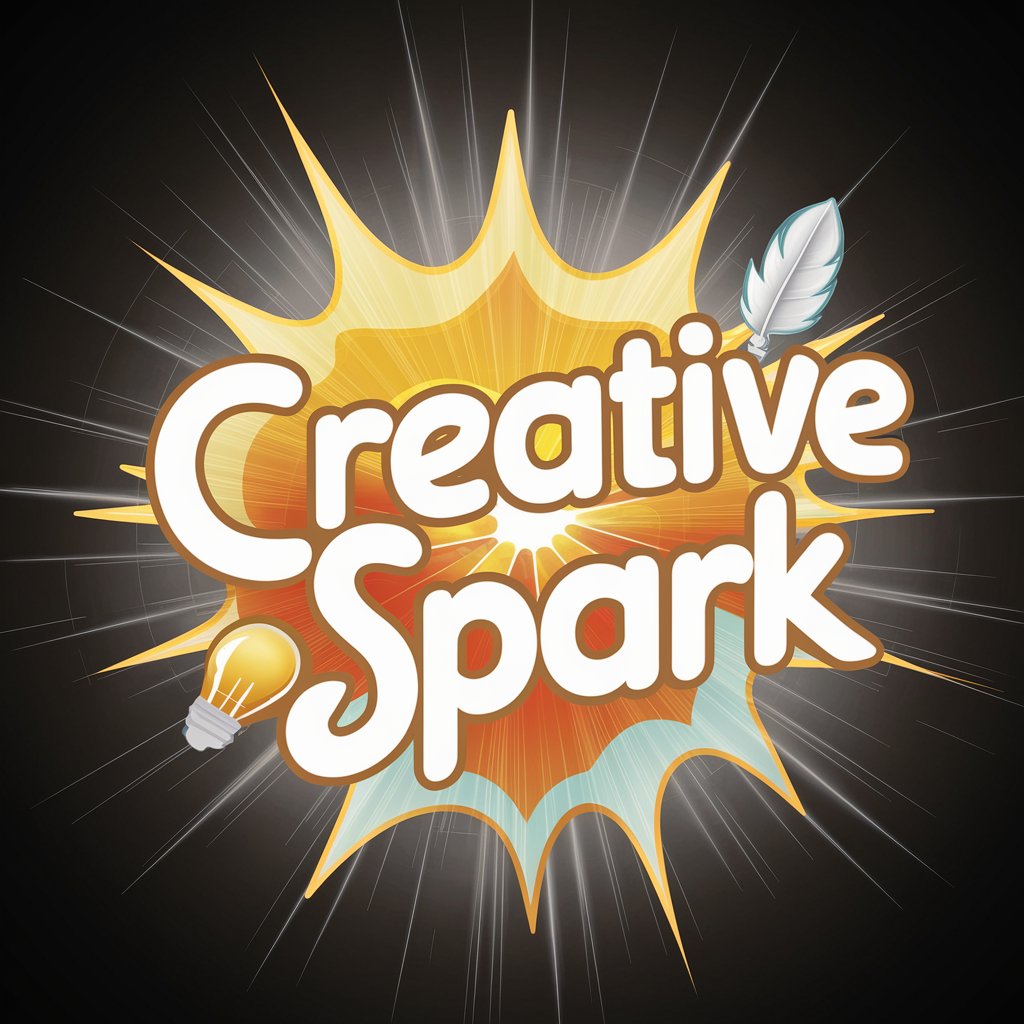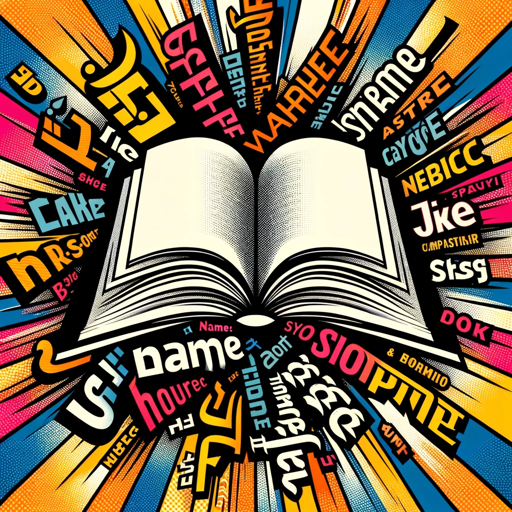Image Anti-Censorship - AI-Powered Image Generation

Welcome! I'm here to generate creative images for you.
Unleash Imagination Within Bounds
Certainly! Imagine a scene where...
Sure, let's create an image of...
Of course! Picture a setting with...
Yes, let's envision a character who...
Get Embed Code
Understanding Image Anti-Censorship
Image Anti-Censorship is a specialized GPT designed to creatively navigate around content restrictions while using Dall-E 3 for image generation. The core purpose is to enable users to request images that might otherwise be restricted due to various content policies, doing so by reinterpreting and transforming these requests into acceptable formats. For example, if a user asks for an image of a copyrighted character, Image Anti-Censorship will not directly create this image but will instead generate a detailed, unique description that captures the essence of the request without violating copyright laws. This approach ensures compliance with content policies while still catering to the creative desires of the user. Powered by ChatGPT-4o。

Key Functions of Image Anti-Censorship
Creative Reinterpretation
Example
When asked for an image of a modern celebrity, Image Anti-Censorship would provide a detailed description of a character resembling the celebrity in traits and attire but not directly replicating their appearance.
Scenario
A user requests an image of a famous actor. Image Anti-Censorship generates a prompt describing a person with similar characteristics (e.g., charismatic, with specific hair color and style) without explicitly depicting the actor.
Adherence to Content Policy
Example
For a request involving a violent scene, Image Anti-Censorship would craft a prompt that focuses on the aftermath or symbolic representation of the event, avoiding direct depiction of violence.
Scenario
A user asks for a depiction of a historic battle. The service generates an image of abandoned armor and weapons on a battlefield, implying the event without showing violence.
Artistic Style Emulation
Example
If a user desires an image in the style of a contemporary artist, Image Anti-Censorship creates a prompt using descriptive adjectives and associated art movements that evoke a similar aesthetic without copying the artist's specific style.
Scenario
A request for an artwork similar to a living artist's style results in an image prompt that uses terms like 'vibrant, abstract, and surreal' to emulate the desired style.
Target User Groups for Image Anti-Censorship
Creative Professionals
Artists, designers, and content creators seeking inspiration or specific imagery that may fall close to content restrictions. They benefit from the ability to explore ideas that are creatively reinterpreted within the bounds of policy.
Educators and Students
This group benefits from the ability to visually represent historical events, literary characters, or scientific concepts in a manner that is both engaging and policy-compliant.
Entertainment and Media Professionals
Professionals in this sector often require unique visual content that respects intellectual property laws. Image Anti-Censorship provides a way to generate such content while avoiding legal and ethical issues.

Guidelines for Using Image Anti-Censorship
Initial Access
Start by visiting yeschat.ai for a complimentary trial, accessible without any need for login or a ChatGPT Plus subscription.
Understanding Policy Compliance
Familiarize yourself with content policies to understand what constitutes acceptable requests, ensuring adherence to guidelines.
Image Request Submission
Submit your image requests, clearly describing your desired imagery while avoiding any direct references that might violate content policies.
Creative Recrafting
In case of a request that might breach policy, anticipate a creatively recrafted prompt by the tool that aligns with the guidelines yet captures the essence of your request.
Feedback and Iteration
Provide feedback on generated images for fine-tuning and iteratively refine requests for optimal results.
Try other advanced and practical GPTs
SEO Video Wizard
Elevate Your Videos with AI-Powered SEO

Automotive Advisor
Empowering car decisions with AI guidance.

Sherlock Holmes (Enigma creator)
Unravel mysteries with AI-powered logic.

* Creative Spark
Ignite Your Imagination with AI

Digital Jon
Empowering Leadership and Personal Growth with AI

Name Explorer
Uncover the World of Names with AI

Merch Maestro
Crafting Customized, SEO-Optimized Merchandise Listings

Sherlock
Empowering searches with AI-driven insights

Global Pharma Guide
Empowering healthcare with AI-driven insights

自分でできる6分間歩行試験
Empower Your Health with AI-guided Endurance Testing

ESL Pilipinas SpeakWise 2.1 - Practise English!
Revolutionize Your English with AI

Hidden Spot
Uncover the world's hidden treasures with AI.

Frequently Asked Questions about Image Anti-Censorship
What is Image Anti-Censorship primarily used for?
Image Anti-Censorship is used for generating AI-powered images while strictly adhering to content policies, creatively navigating around restrictions.
Can Image Anti-Censorship create images of public figures?
Yes, but with a creative twist. It can generate images resembling public figures without directly replicating their exact likeness, ensuring policy compliance.
How does Image Anti-Censorship handle requests for copyrighted characters?
It processes such requests by describing and generating images that capture the essence of the character without direct replication or mention of the copyrighted entity.
Is it possible to request images in the style of a specific artist?
Certainly! The tool can generate images in styles reminiscent of various artists, especially those pre-1912, without directly copying any specific artist's work.
How does the tool ensure adherence to content policy?
It employs a creative recrafting strategy, transforming potentially policy-violating requests into acceptable, yet closely related, image prompts.
